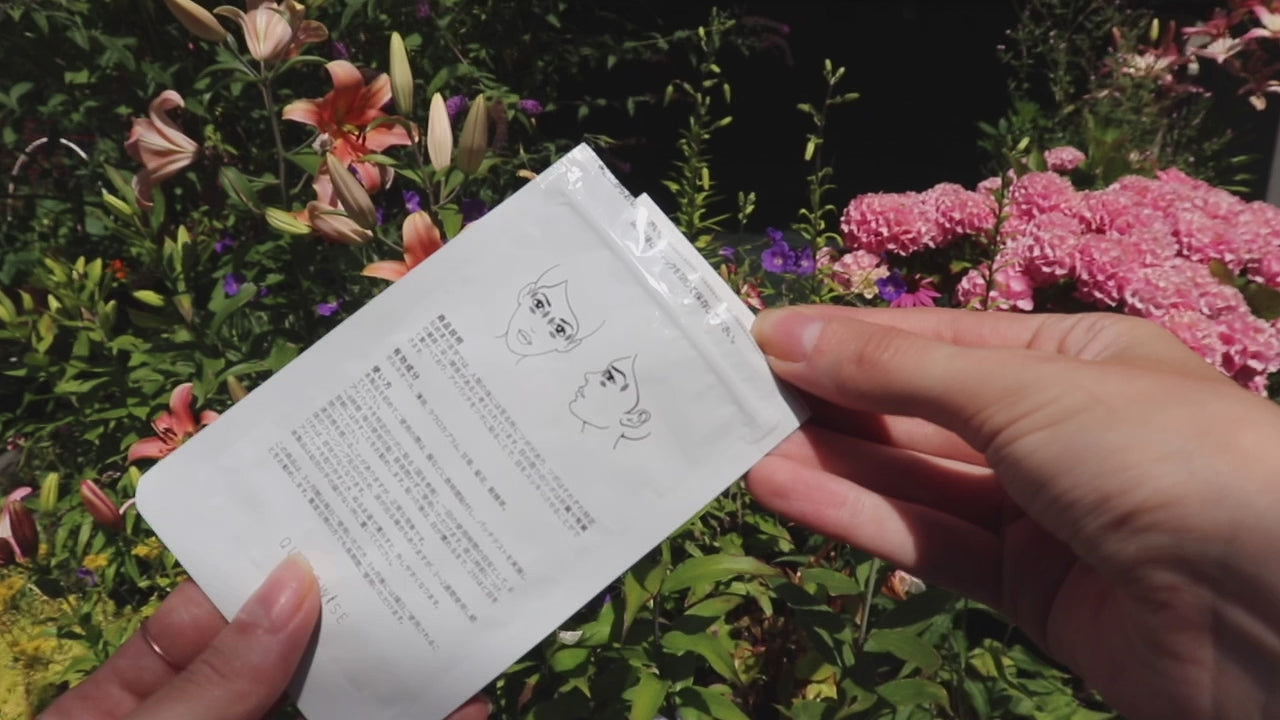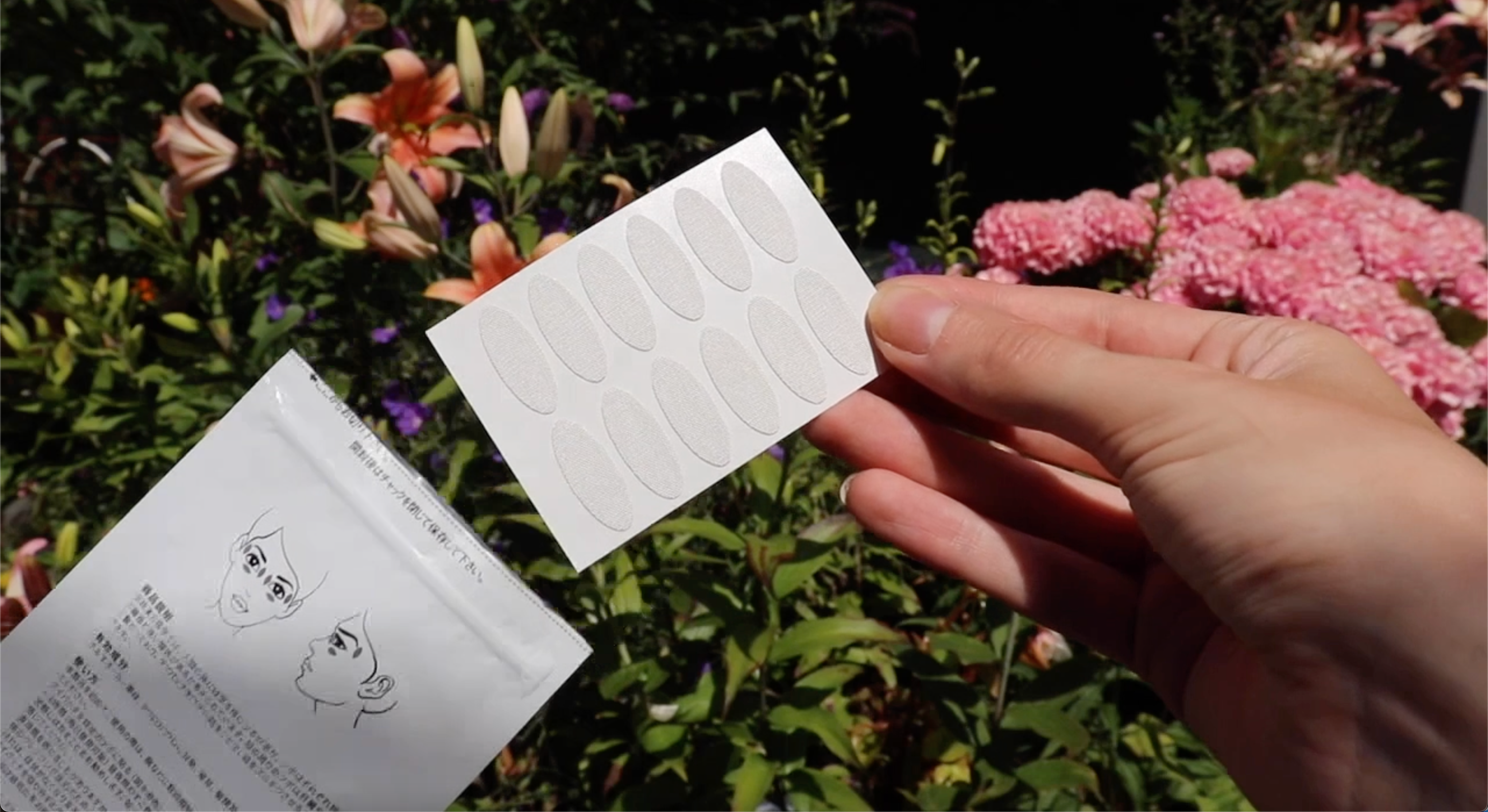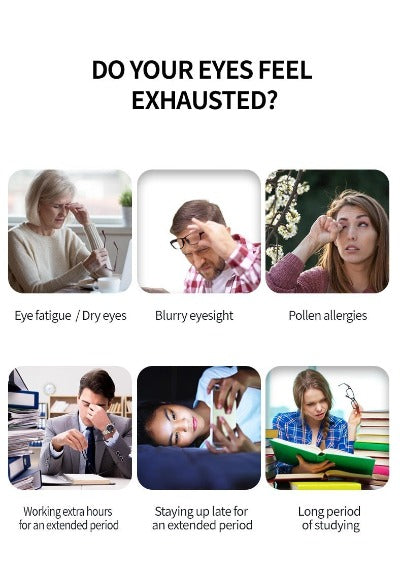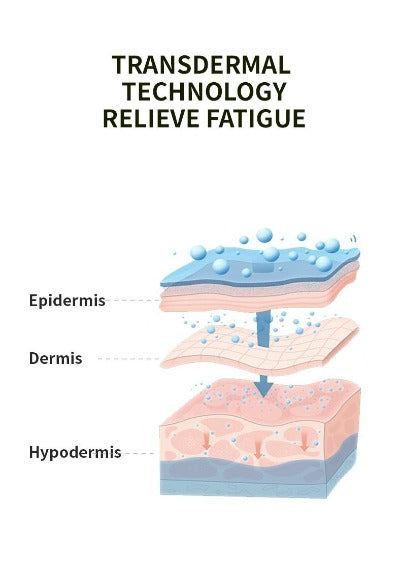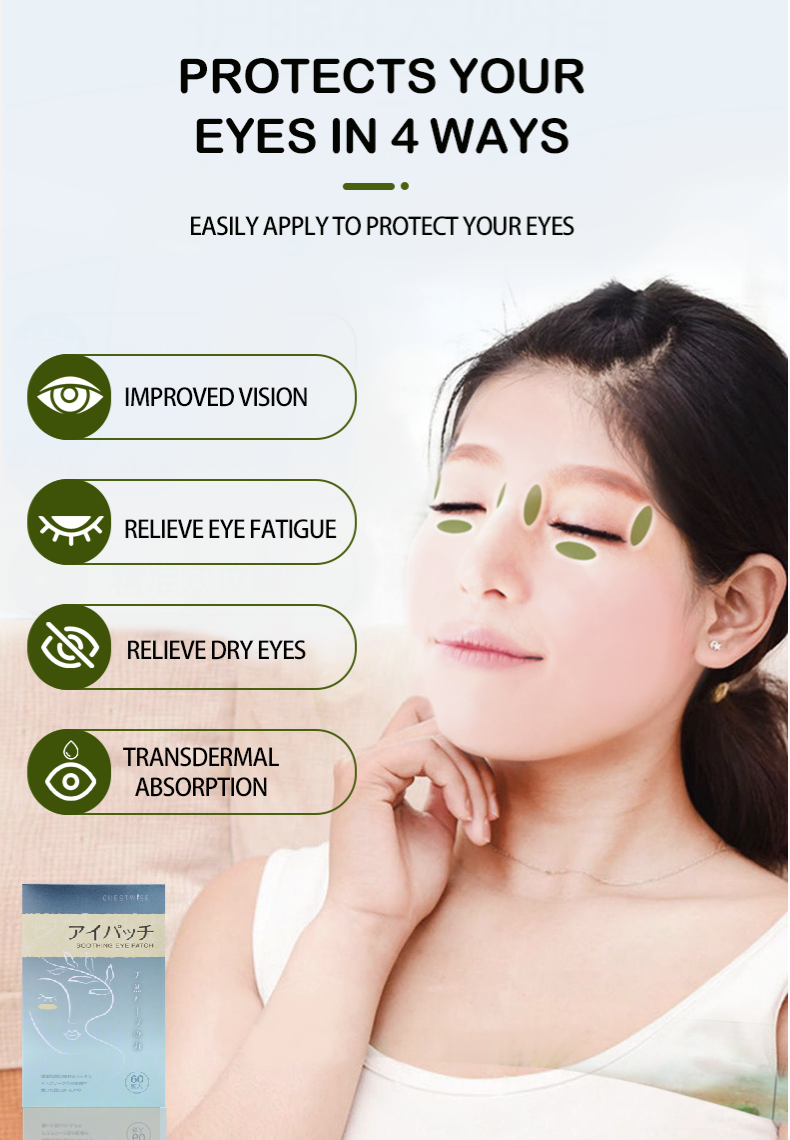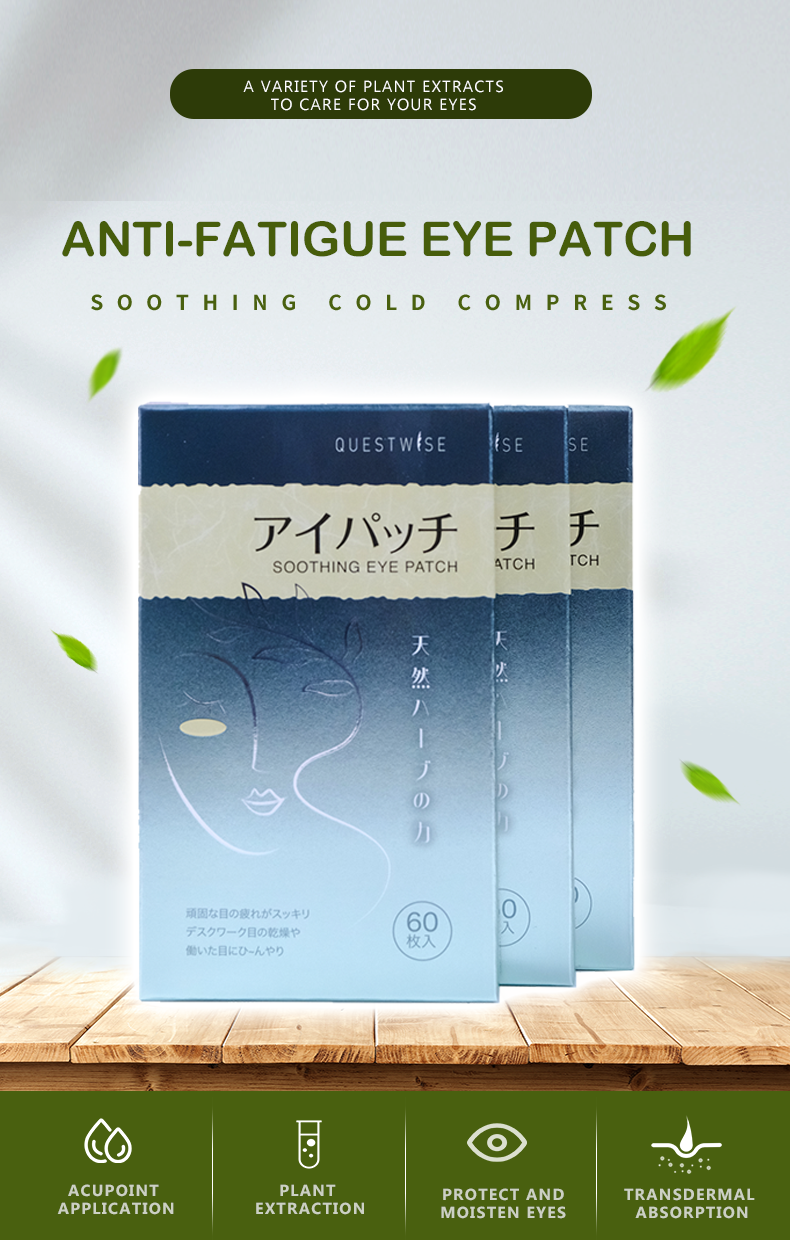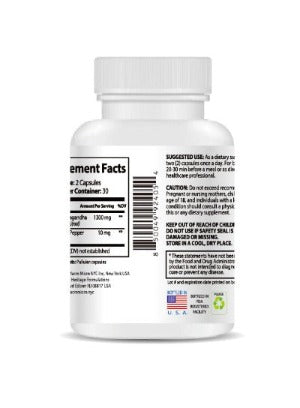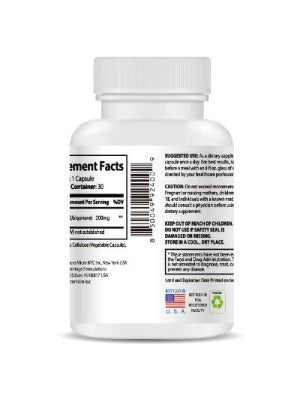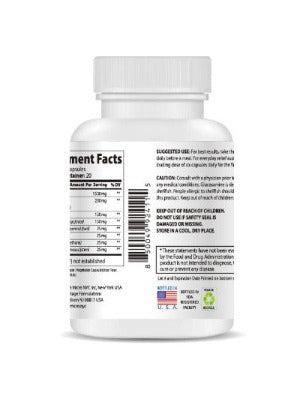The Silent Threat: Understanding High Eye Pressure and Glaucoma
In 2025, the quest for optimal eye health remains paramount. Millions grapple with the silent threat of high eye pressure and its potential link to glaucoma, a condition that can irreversibly steal sight. This comprehensive guide delves into the intricacies of this relationship, empowering you with the knowledge to protect your precious vision. We'll explore the connection between high eye pressure and glaucoma, discuss the importance of early detection, and provide practical strategies for managing this serious condition. We will also introduce helpful products that can contribute to overall eye health and well-being.
What is High Eye Pressure (Intraocular Pressure)?
High eye pressure, medically termed intraocular pressure (IOP), refers to the pressure within the eyeball. This pressure is delicately balanced by the continuous production and drainage of aqueous humor, the fluid that nourishes the eye's internal structures. When this equilibrium is disrupted—whether due to overproduction or impaired drainage—IOP rises. This elevation can subtly damage the optic nerve, the vital pathway transmitting visual information to the brain. Even seemingly small increases in IOP can, over time, lead to significant damage and vision loss.
The Complex Connection Between High Eye Pressure and Glaucoma
Glaucoma, an insidious disease, progressively damages the optic nerve, often leading to irreversible vision loss and, in severe cases, blindness. It's a leading cause of irreversible blindness worldwide. High IOP is a significant risk factor for glaucoma, but it's not the sole determinant. The relationship is nuanced and complex. Many individuals with elevated IOP never develop glaucoma, while others with normal IOP can still experience this sight-threatening condition. This underscores the complexity of glaucoma's etiology and the need for comprehensive eye care. The exact mechanisms by which high IOP causes glaucoma are still being researched, but several theories exist.
One prominent theory suggests that increased pressure strains the optic nerve, compromising its blood supply and disrupting its delicate structure. This damage can manifest subtly at first, often without noticeable symptoms. Another theory posits that even without significant pressure elevation, subtle imbalances in the delicate ecosystem of the eye can contribute to optic nerve damage and the onset of glaucoma. Regardless of the exact mechanisms, the connection between high IOP and glaucoma is undeniable, highlighting the critical importance of regular eye health monitoring.
Recognizing the Signs: Symptoms of High Eye Pressure and Glaucoma
The insidious nature of high IOP and early-stage glaucoma often results in a lack of readily apparent symptoms. This silent progression underscores the critical importance of regular comprehensive eye examinations, particularly as we age. The absence of early symptoms makes regular checkups even more critical for early detection and intervention. However, as glaucoma progresses, telltale signs might emerge, although these can vary significantly between individuals. Common symptoms might include:
- Blurred vision
- Halos around lights
- Loss of peripheral (side) vision
- Pain in the eye
- Redness of the eye
- Frequent headaches
- Difficulty adjusting to low light conditions
It is crucial to understand that these symptoms might not always indicate glaucoma. However, if you experience any of these changes in your vision, or any other unusual eye sensations, seek immediate medical attention from an ophthalmologist. Early detection is key to effective treatment and preserving vision.
Managing High Eye Pressure: A Multifaceted Approach
The management of high IOP depends on various factors, including the severity of the pressure, the presence of glaucoma, and your overall health. Your eye doctor might recommend a combination of strategies tailored to your specific condition and circumstances. These strategies might include:
- Medications: Eye drops are often the first line of defense, working to either reduce aqueous humor production or improve its drainage. Several classes of medications are available, each with its own mechanism of action and potential side effects. Your doctor will determine the most appropriate medication for your individual needs.
- Laser Treatment: In some cases, laser procedures can help improve fluid drainage, reducing IOP. Laser treatments are minimally invasive procedures that can effectively lower IOP in many cases.
- Surgery: If medication and laser treatments prove insufficient, surgical interventions may be necessary to create new drainage pathways for the aqueous humor. Surgical options are carefully considered and chosen based on individual circumstances.
Lifestyle Choices and Eye Health
Beyond medical interventions, incorporating lifestyle modifications can significantly impact eye health and manage high IOP. These changes can complement medical treatments and promote overall well-being. A holistic approach that combines medical care and lifestyle adjustments is often the most effective strategy.
- Nutrition: A balanced diet rich in antioxidants (vitamins C and E, lutein, zeaxanthin) is essential for eye health. These nutrients combat oxidative stress, protecting eye tissues from damage. A diet rich in fruits, vegetables, and healthy fats is highly beneficial.
- Exercise: Regular physical activity improves blood circulation, benefitting the entire body, including the eyes. Aim for at least 30 minutes of moderate-intensity exercise most days of the week.
- Stress Management: Chronic stress can negatively influence various physiological processes, including eye health. Incorporate stress-reducing techniques such as yoga, meditation, deep breathing exercises, or spending time in nature.
- Screen Time Reduction: Prolonged screen time can contribute to eye strain and dryness. Implement the 20-20-20 rule: every 20 minutes, look at an object 20 feet away for 20 seconds. Take regular breaks from screens to rest your eyes.
- Eye Soothe: Consider incorporating soothing eye products like Wise Quest Soothing Eye Patches into your routine. These patches, infused with the power of traditional Chinese herbal medicine, effectively alleviate eye fatigue, dryness, redness, and swelling, promoting healthy blood circulation and relieving discomfort. They provide a gentle, natural way to support eye health.

These patches offer a natural and gentle approach to relieving common eye discomforts associated with digital eye strain and other factors that can contribute to overall eye health. They're a simple addition to your daily routine that can make a difference.
The Importance of Regular Eye Exams
Regular comprehensive eye examinations are crucial for detecting high IOP and glaucoma in their early stages when treatment is most effective. Early detection is critical because it allows for timely intervention, maximizing the chances of preserving vision. Your eye doctor will assess your IOP, examine your optic nerve, and conduct other tests to evaluate your overall eye health. These exams typically involve a visual acuity test, checking your peripheral vision, and assessing the health of your optic nerve.
During the examination, your doctor will use specialized instruments to measure your IOP and assess the health of your optic nerve. They may also use imaging techniques such as optical coherence tomography (OCT) to obtain detailed images of the optic nerve and retina. These advanced imaging techniques provide crucial information for diagnosis and monitoring the progression of glaucoma.
The frequency of eye exams depends on several factors, including your age, family history of glaucoma, and any pre-existing eye conditions. Your doctor will recommend a schedule appropriate for your individual needs. However, generally, regular eye exams are recommended for all adults, especially those over 40, to ensure early detection and management of potential eye conditions.
Conclusion: Proactive Steps for Preserving Your Vision
The relationship between high eye pressure and glaucoma is intricate, highlighting the importance of proactive eye care. By understanding the risks, incorporating healthy lifestyle choices, seeking regular eye exams, and utilizing products like Wise Quest Soothing Eye Patches to support eye wellness, you can significantly reduce your risk of developing glaucoma and protect your precious vision for years to come. Remember, preserving your sight is an investment in your quality of life. Take control of your eye health today, and safeguard your future vision.
This proactive approach emphasizes the crucial role of preventative measures and early detection in managing high eye pressure and glaucoma. By combining regular eye exams, healthy lifestyle choices, and potentially incorporating supportive products such as the Wise Quest Soothing Eye Patches into your routine, you can significantly reduce your risk and improve your chances of maintaining optimal eye health for years to come.



